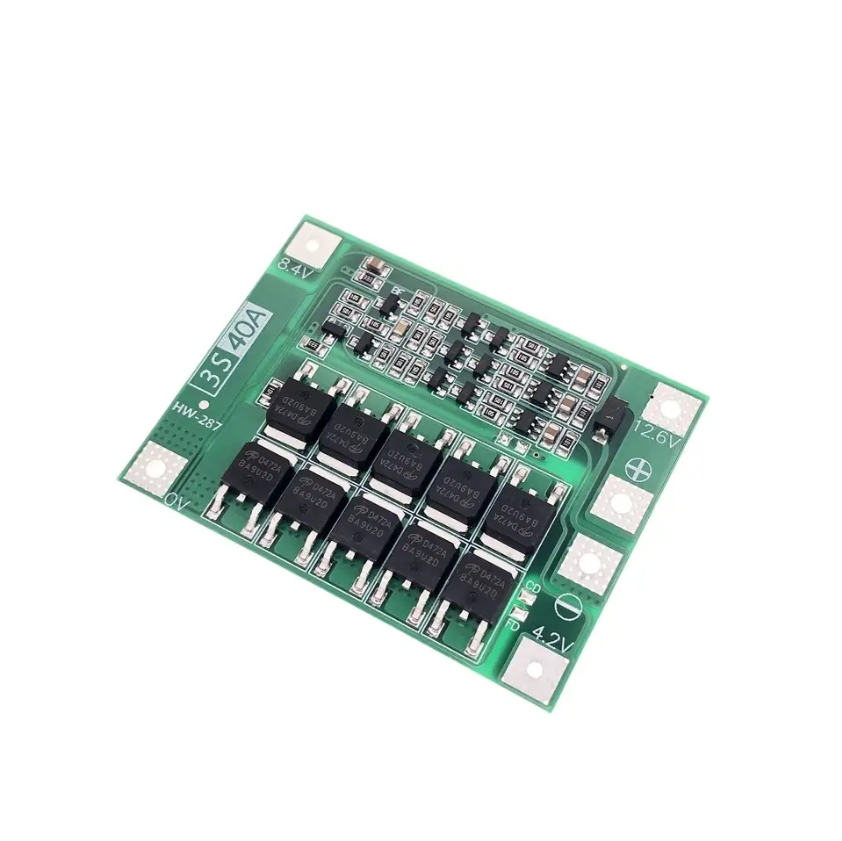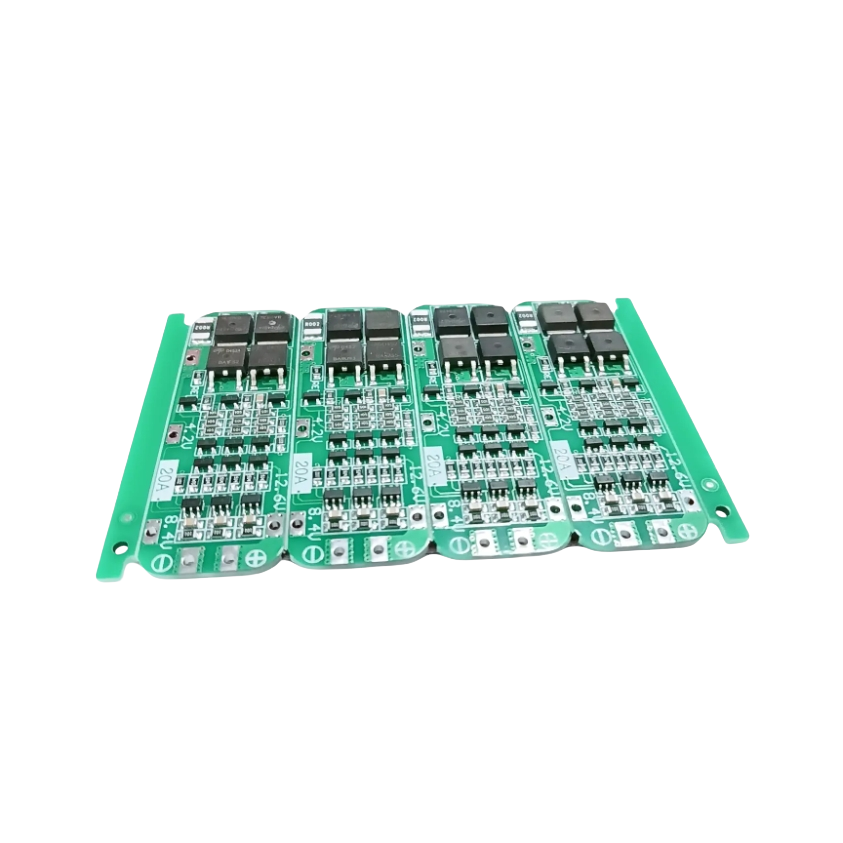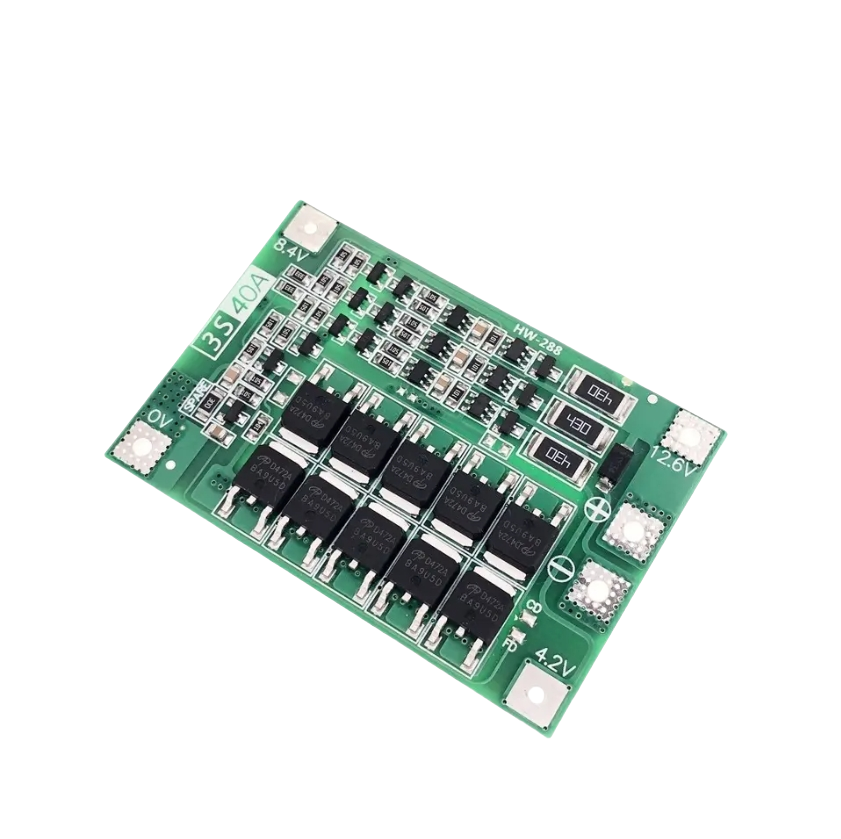Direct Sales of Multi-Layer PCB Board Electronic Printed Circuit
Board Assembly
1.Product Description
Printed Circuit Board Assembly (PCBA) is an essential process in
electronics manufacturing. It involves mounting and soldering
various electronic components, such as resistors, capacitors,
integrated circuits, onto a pre - fabricated printed circuit board
(PCB). This assembly serves the crucial function of creating a
complete and functional electronic circuit. By integrating multiple
components onto a single board, PCBA enables the seamless
interaction and operation of different electrical elements,
allowing devices to perform complex tasks like data processing in
computers or signal transmission in communication equipment.
One of the major advantages of PCBA is its high level of
integration. It allows for the miniaturization of electronic
devices, as numerous components can be packed closely together on a
compact PCB. This not only saves space but also reduces the overall
size and weight of the end - product, making it more portable and
convenient. Another advantage lies in its enhanced reliability. The
soldered connections between components on the PCBA are more stable
compared to other connection methods, minimizing the risk of loose
connections and electrical failures. Additionally, PCBA offers
improved electrical performance. With proper PCB layout and
component placement, it can effectively reduce signal interference
and ensure efficient power distribution, leading to better -
functioning electronic devices. Moreover, the use of automated
assembly processes in PCBA production increases manufacturing
efficiency, enabling mass production at a relatively lower cost,
which is beneficial for both manufacturers and consumers.
2.Functionality
1. Electrical connection: Various electronic components, such as
chips, resistors, capacitors, inductors, etc., are fixed on a
printed circuit board through soldering or other methods to achieve
electrical connections between them, forming a complete circuit
system that allows current to flow along the designed path and
complete specific electronic functions, such as data transmission
and power supply between processors, memory, graphics cards, and
other components on a computer motherboard.
2. Signal processing: PCBA can process input electrical signals,
such as amplification, filtering, conversion, etc. For example, in
the PCBA of audio devices, weak audio signals can be amplified and
processed, while noise can be removed through filtering circuits to
output clear audio signals.
3. Mechanical support: Provide mechanical support and protection
for electronic components to maintain a stable position in the
device, avoiding damage or loose connections caused by external
factors such as vibration and collision. For example, in automotive
electronic devices, PCBA needs to withstand vibrations during
vehicle operation to ensure the normal functioning of electronic
components.
4. Data storage and processing: Integrate storage chips (such as
flash memory, hard disk, etc.) and processing chips (such as CPU,
GPU, etc.) to achieve data storage and processing functions. For
example, in smartphones, the storage chip on the PCBA is used to
store data such as photos, videos, and applications, while the
processing chip is responsible for running various applications and
system operations.
3.Product Advantages
| Advantage | Description |
| High Integration | Allows for the combination of numerous electronic components on a
single board, reducing the overall size and weight of electronic
devices. This miniaturization is crucial for modern, portable
electronics such as smartphones and wearable devices. |
| Enhanced Reliability | Automated soldering processes ensure secure connections between
components, minimizing the risk of loose connections or electrical
failures. Stringent quality control during production further
guarantees the reliability of PCBA. |
| Easy Maintenance and Upgrade | Clear component layout on PCBA simplifies troubleshooting and
repair. Defective components can be easily identified and replaced.
Additionally, it enables straightforward upgrades by adding or
substituting specific components or modules. |
| High Production Efficiency | Automated assembly equipment and standardized production processes
enable mass production with high speed and accuracy. This
significantly shortens the production cycle and cuts down
manufacturing costs. |
| Good Electrical Performance | Well - designed PCB layout and proper component placement
effectively reduce signal interference and electromagnetic
radiation. This results in stable and efficient electrical
operation of the final product. |
| Cost - effectiveness | Mass production capabilities and reduced need for manual labor lead
to cost savings. Moreover, the integration of components on a
single board decreases the cost of external wiring and connectors. |






